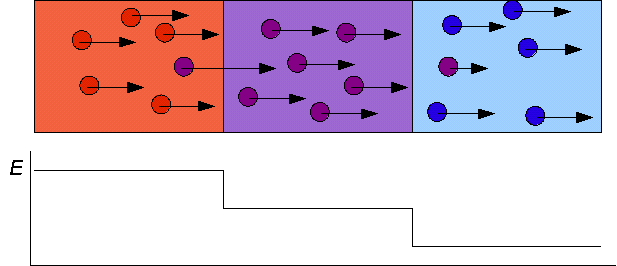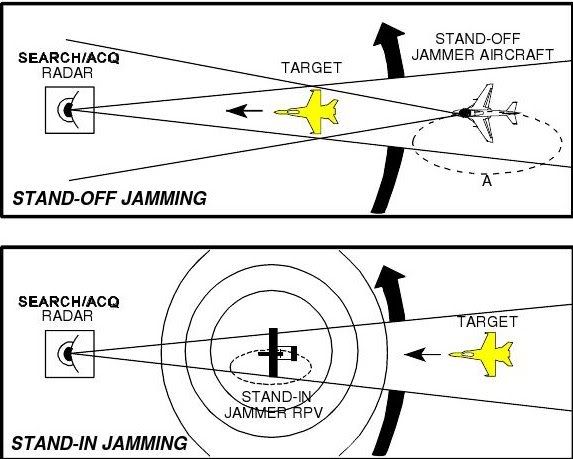ptltejas
FULL MEMBER

- Joined
- Feb 13, 2011
- Messages
- 1,499
- Reaction score
- 0
- Country
- Location
First of all a clean F15 has rcs of 10 sp meter.So rcs of MKI should be somewhere close not 20 sq meter as both are of similer size.Now suppose we reduce the rcs of MKI at 3 sq meter with expencive RAM coatings because redesigning the air frame will be prohibitively costly and more over can turn them unflyable.Now you can't put an internal weapon bay in between the intakes as it is used to generate the lift.So what good the reduced rcs will do?But if you can put a powerful active barrage jammer with the DRFM device and a powerful AESA radar the combo will enable you to jam the enemy comunication,datalinks and if all fails you can fry their electronics by focusing your AESA beam at them.So instead of trying to redesign the airframe all along a powerful EWS will be much more deadly and will give the best bang for the buck.
Still for your information let me tell you that some times ago MoD gave approval to mass produce 2 stealth materials.
1.Microwave absorbing nano composite coating made by IIT Kanpur.Can absorb 90% of incoming radar waves at 15 GHz.
2.Stealth coating for plexi glass canopy of fighters similar to F 16s.Developed by Association for Cultivation of Science,Kolkata.
IAF has cleared them to use on the frontline fighters.
Lastly,why are you speculating abou the rcs and radar range.Read radar basics from google and become an expert.Hope I did not bore you.
REGARDS....
No sir. Just getting aware about new tech. fist time new AESA as weapon of burning. and new stealthy coatings. I m nither expert or knowlegee. im like high school student in this field need to know more.
well I just think double the range power of radar redused fourth multiplier if i m not wrong.
I just give reasons for use it only at some extent only. not need more drastic change new coating might be useful. even gamit have thorown light not to go more on this topic however it be more useful to me for new things.
High Regards......











